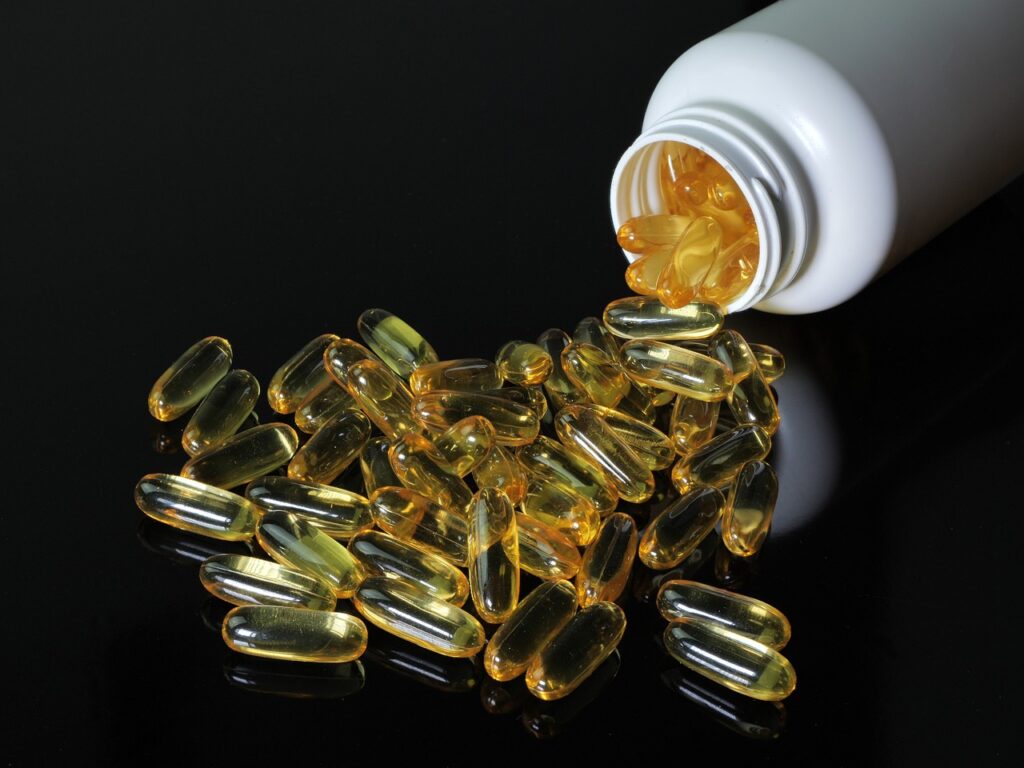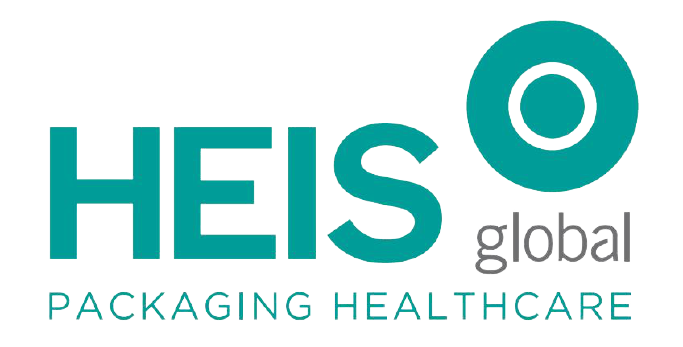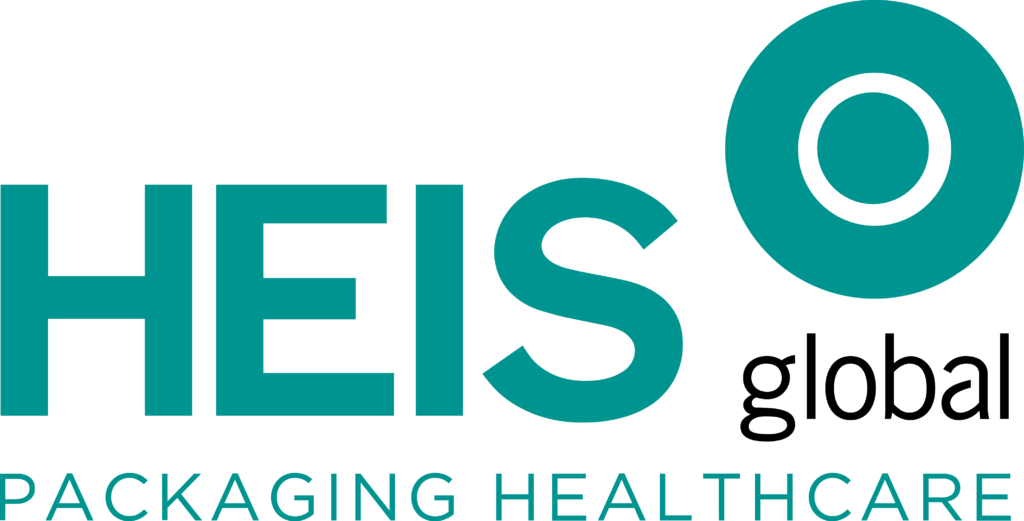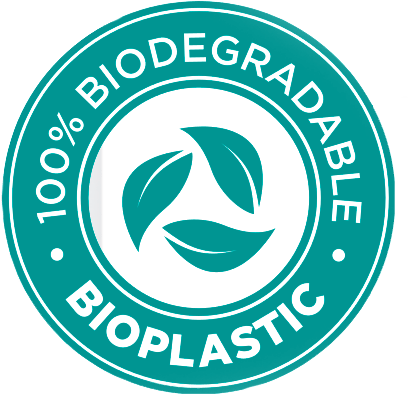
In the contemporary landscape of packaging and manufacturing, two significant trends have emerged as paramount concerns for both businesses and consumers: sustainability and safety. RPET (Recycled Polyethylene Terephthalate) packaging and BRC (British Retail Consortium) manufacturing standards stand out as revolutionary forces driving change in the industry. This article delves deeper into the symbiotic relationship between RPET packaging and BRC manufacturing standards and their collective impact on sustainability, safety, and the global market.
The Essence of RPET Packaging
- Eco-Friendly InnovationRPET packaging represents a pioneering approach to sustainable packaging. This material is derived from the recycling of post-consumer PET (Polyethylene Terephthalate) plastics, such as water bottles and soda containers. The process involves collecting, cleaning, and melting down these plastics to create fresh packaging materials, thus giving waste a second life.
- Greening the PlanetThe primary virtue of RPET packaging lies in its environmental benefits. By diverting post-consumer plastics from landfills and oceans, RPET significantly reduces the ecological strain of manufacturing virgin plastics. This conservation of natural resources and energy efficiency supports a more sustainable future.
- Adaptable and DurableRPET packaging offers the same versatility and durability as conventional PET packaging. Its ability to mold into various shapes and sizes makes it suitable for a wide spectrum of products, ranging from beverages and food to cosmetics and household goods.
- Consumer AppealGiven the growing global concern for the environment, RPET packaging possesses strong appeal to environmentally-conscious consumers. Brands that adopt RPET packaging often find that their commitment to sustainability resonates with consumers, positively influencing purchasing decisions and brand loyalty.
The Significance of BRC Manufacturing Standards
- Understanding BRC CertificationBRC (British Retail Consortium) certification stands as a globally recognized standard for food safety and quality management. It delineates stringent requirements that manufacturers must meet to ensure the safety of products and adherence to quality standards.
- A Shield for Safety and QualityBRC certification is comprehensive in its approach, focusing on critical aspects of manufacturing, including hygiene, product safety, and quality control. By rigorously enforcing these standards, it safeguards the production of packaging materials used in food products, mitigating the risk of contamination and ensuring product integrity.
- Tracing the Journey, Ensuring TransparencyAn essential facet of BRC standards is the emphasis on traceability and transparency throughout the manufacturing process. Manufacturers must maintain meticulous records of their processes, enhancing the ability to identify and rectify issues swiftly if they arise.
- Global RecognitionBRC certification enjoys recognition and acceptance from retailers and suppliers worldwide. This global acknowledgement simplifies market access, allowing packaging manufacturers to tap into international markets and collaborate seamlessly with global brands.
The Symbiosis: RPET Packaging and BRC Manufacturing Standards
The combination of RPET packaging and BRC manufacturing standards creates a powerful synergy that addresses sustainability and safety cohesively. Here’s how they complement and reinforce each other:
- Environmental StewardshipRPET packaging serves as a beacon of sustainability, reducing the carbon footprint associated with plastic production. When coupled with BRC manufacturing standards, it ensures that the production processes are environmentally responsible and safe, creating a harmonious balance between planet and product.
- Consumer ConfidenceProducts packaged in RPET materials and manufactured in accordance with BRC standards enjoy a heightened level of consumer trust. Shoppers can rest assured that they are not only purchasing a sustainable product but also one that adheres to the highest safety and quality standards.
- Market Access and Global ReachBRC certification facilitates market access, allowing businesses to reach a wider global audience. By using RPET packaging, companies can appeal to eco-conscious consumers worldwide who actively seek environmentally-friendly products. This combination opens doors to new markets and international collaborations, fostering growth and innovation.
Conclusion
In a world where sustainability and food safety are paramount concerns, RPET packaging and BRC manufacturing standards emerge as an unbreakable partnership, driving positive change in the packaging industry. This symbiotic relationship not only benefits businesses but also our planet and the health of consumers worldwide. Together, they create a brighter, more sustainable future for packaging in the retail industry, where eco-consciousness and product safety harmoniously coexist, ensuring a brighter and more sustainable future for all.


